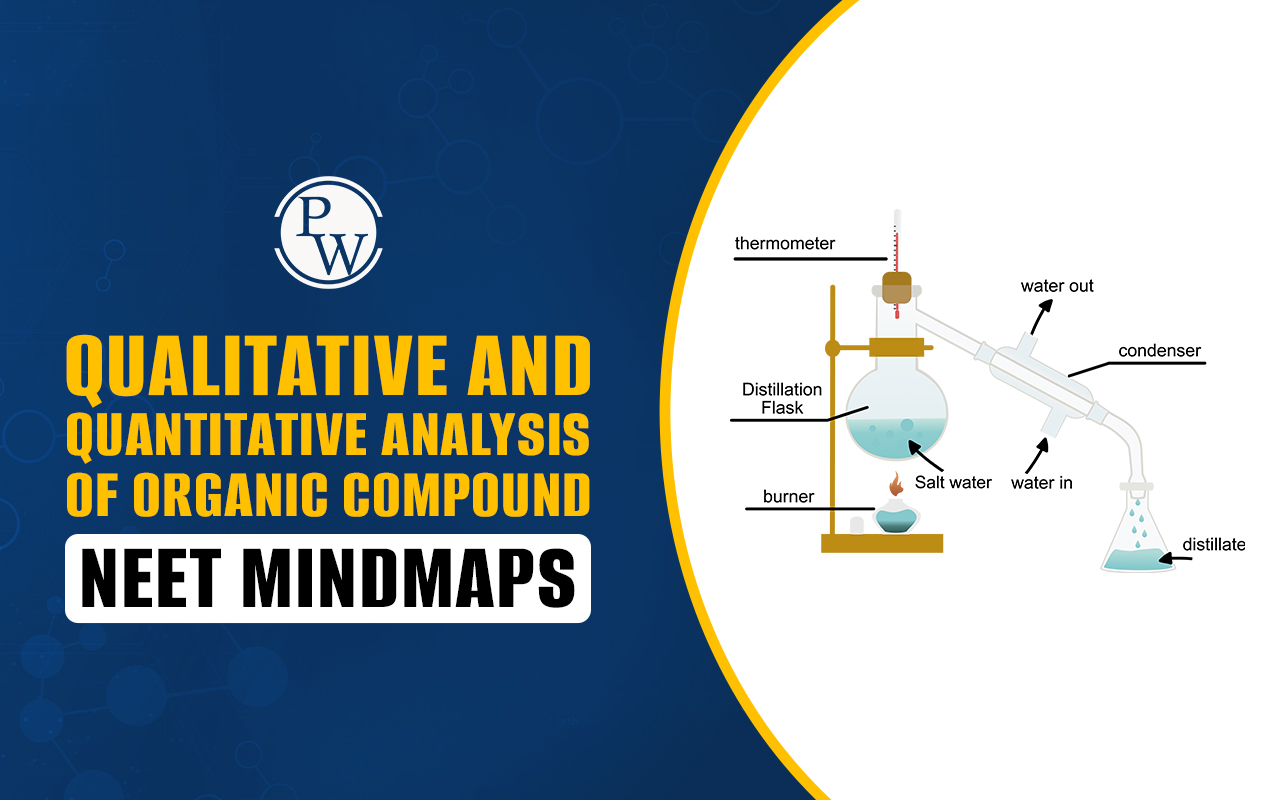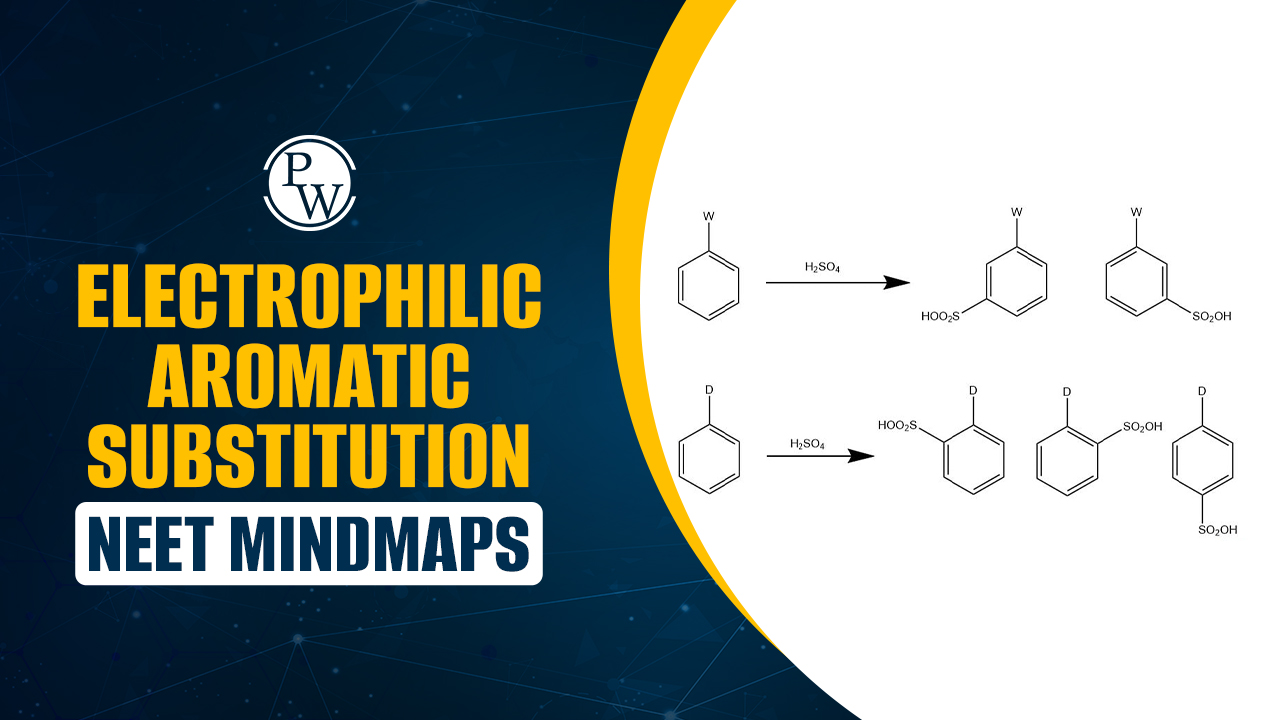

CPR Full Form
The CPR full form is Cardiopulmonary Resuscitation. Breaking down, Cardio means heart, pulmonary refers to the lungs and Resuscitation is the act of reviving someone. Thus, CPR is the first line of treatment that is offered to revive them and maintain proper blood flow to the brain. CPR is mostly used in emergency cases like heart attacks or cardiac arrests. The CPR process includes rescue breathing and chest compression. Both of these help the lungs of the person to receive adequate oxygen during rescue and restore heartbeat and breathing.
Importance of CPR
Read along to know the major importance of CPR for a patient:
- In the absence of proper blood flow, a person can experience brain injury or blood clots. CPR helps by restoring normal blood circulation in the body
- CPR is offered to the patient within the first six minutes after the heartbeat stops. Proper CPR can help keep the patient stable before the medical help arrives
- Proper CPR helps the heartbeat to return to normal if the person has been declared dead.
| NEET Exam Important Links | |
| NEET Syllabus | NEET Sample Paper |
| NEET Notes | NEET Previous Year Question papers |
When Should One Perform CPR?
CPR is the first line of treatment that is offered to the patient suffering from unconsciousness. CPR is performed on those who show no signs of breathing or consciousness. Here are the major signs that one should look for before starting the CPR method.
- Cardiac Arrest
- Absence of Normal Breathing
- Drowning
- Choking
- Drug Overdose or Poisoning
Process of CPR
CPR is a non-invasive treatment given to a patient who has lost consciousness. The process is very simple and can be performed by anyone who has an idea of the same. This can keep the patient stable until proper medical help arrives.
- Before commencing the CPR, lay the person on a firm and flat surface. Ensure that their head and neck are in a neutral position and are aligned with the rest of the body.
- Now, open the airway and gently tilt the person’s head back with one hand on the forehead and the other on the chin. Now, lift the tongue from the throat to ensure proper airflow.
- Before starting the CPR look for the signs of breathing. You can watch the chest movements, breathing for not more than 10 seconds. If any of these signs are visible then do not proceed to the next step
- Place the heel of one hand in the centre of the person's chest while keeping your arms straight and shoulders aligned over your hands. Compress the chest keeping the depth at 5 cm for adults and 4 cm for infants. Perform compressions at a rate of 100 to 120 compressions per minute.
- After 30 compressions, give two rescue breaths. Give a breath that lasts about one second and makes the chest rise. If no movement is seen then repeat the process again till the patient gains consciousness.
Safety Precautions for CPR
Here is a list of safety precautions for CPR that one has to exercise while performing it on a patient.Assess the Scene
The first precaution is to ensure that the area wherein the CPR has to be performed is safe for the patient. Ensure there is no presence of traffic, fire or any other vulnerable elements.Personal Protective Equipment (PPE)
It is better to wear a PPE kit when giving CPR to the patient. The kit includes gloves, a mask and a disposable suit. This gear helps one to minimise exposure to body fluids and infections.Proper Body Positioning
Proper body positioning is very important when performing CPR. Ensure that the person is lying on a firm and flat surface and that the head and neck are aligned properly. Always use chest compression on a flat surface and ensure that it is not unstable or elevated surface.Check for Breathing and a Pulse
Before starting chest compressions, know if the person is breathing and is also having a pulse. In case normal breathing and pulse are detected then CPR should be avoided. The patient should be given tried under any other medical treatment.Hand Placement
The placement of the hand is very important when doing CPR. Always place the palm of the hand on the centre of the patient’s chest. For adults, use both hands stacked on top of each other. For children and infants, use one hand or two fingers, depending on the size and age.Proper Compression Technique
Maintain proper compression technique by using adequate force and depth. Ensure that the compression is not more than 5 cm for adults and 4 cm for infants.Avoid Excessive Force
Apply enough force during chest compressions to achieve adequate blood flow. However, be very cautious about the amount of force you are applying. This can lead to possible damage to the body like rib fractures or internal injuries.Follow Post-CPR Care
After the person regains consciousness he should be given appropriate care. Offer him emergency medical assistance or give him CPR again if his condition deteriorates further.Side Effects of CPR
CPR is the first line of treatment that is given to patients to ensure that the normal amount of oxygen is restored in the blood. This is often given when the patient's heart does not receive enough blood and is facing an irregular rhythm. Know more about the possible side effects of CPR in the section below.- Rib Fractures
- Chest and Internal Injuries
- Tissue Damage
- Vomiting and Aspiration
- Dental and Mouth Injuries
- Bruising and Skin Injury
CPR Full Form FAQs
What is CPR Full Form?
What is the importance of CPR?
What is the process of CPR?
What are the side effects of CPR?
When should CPR be given?













